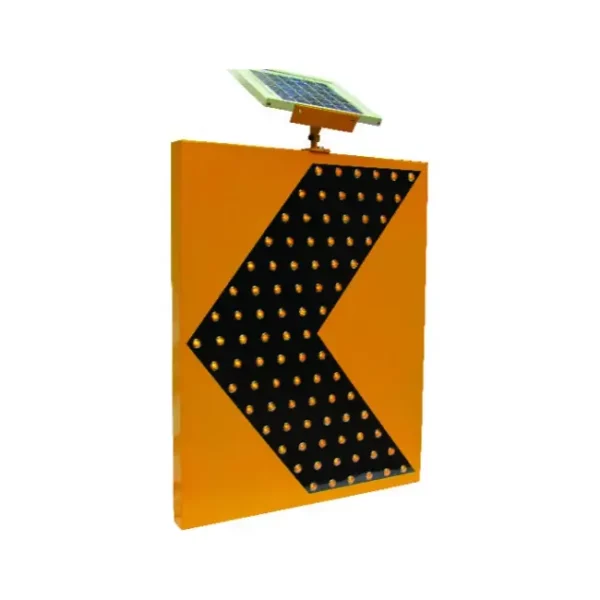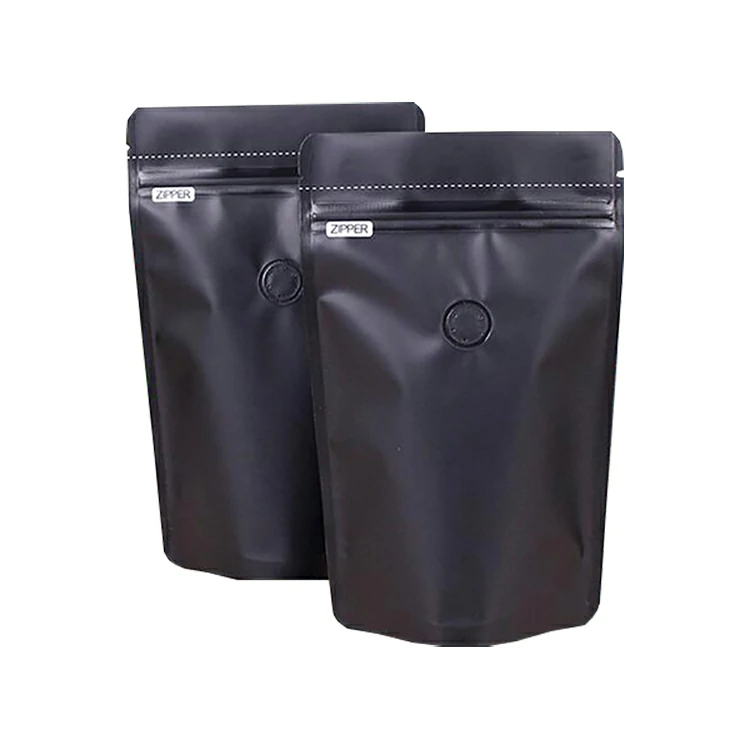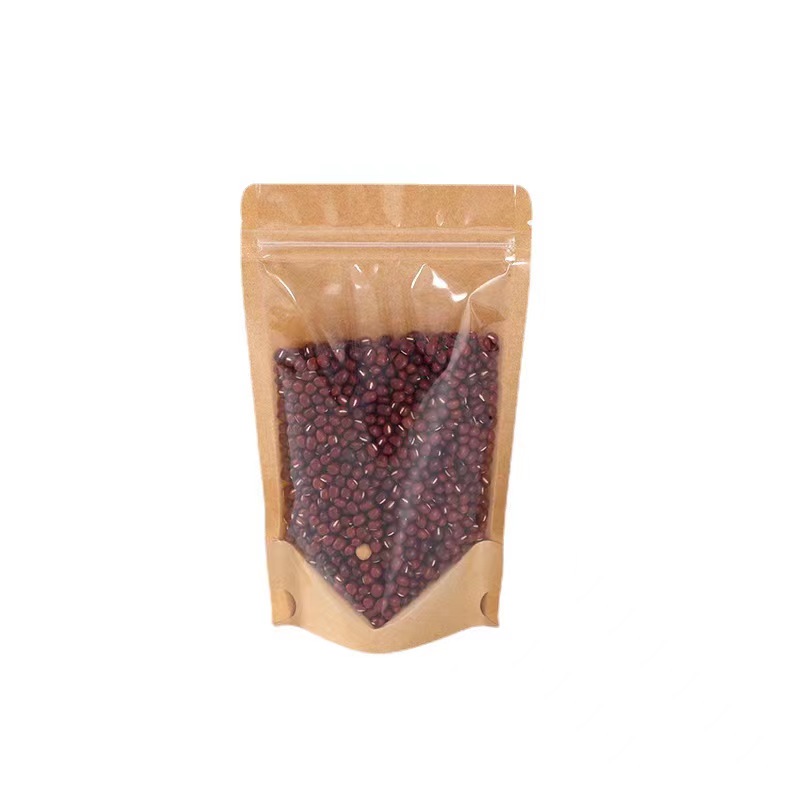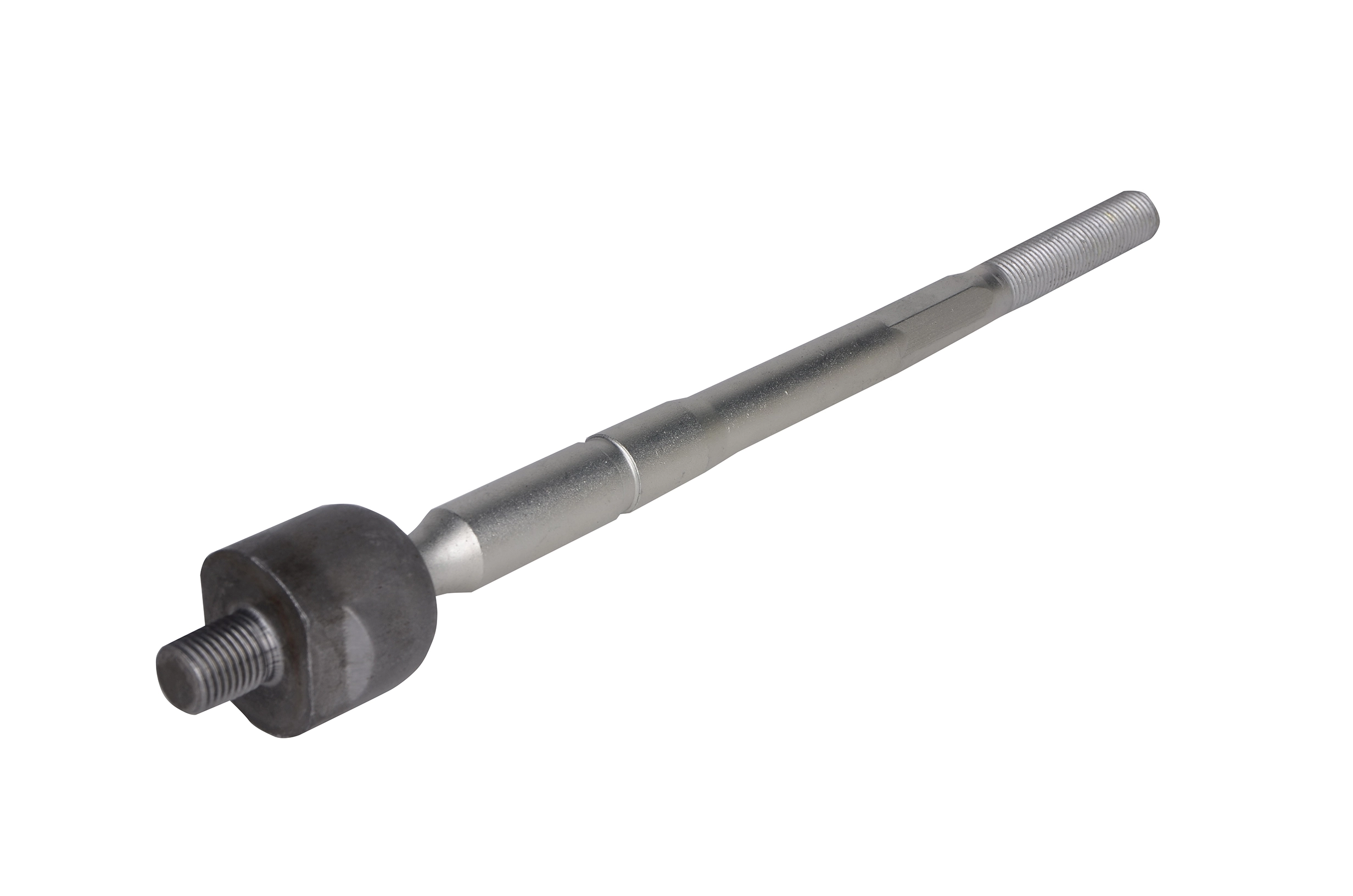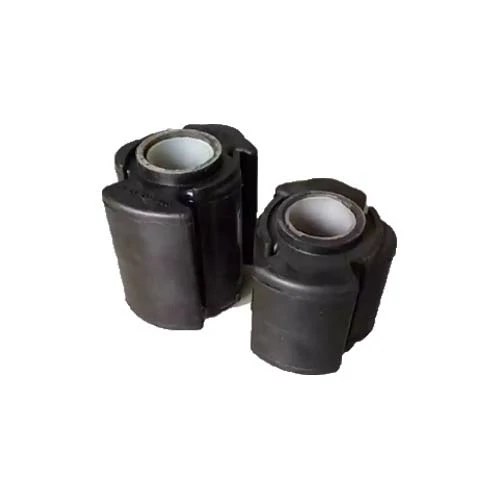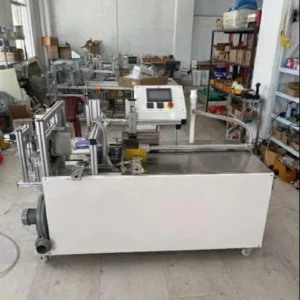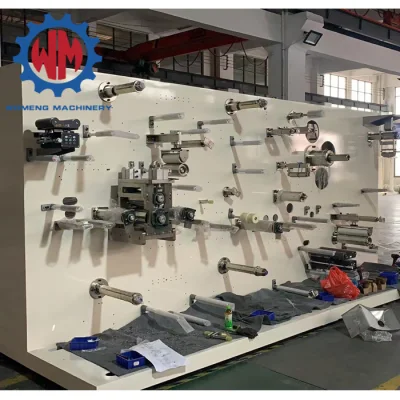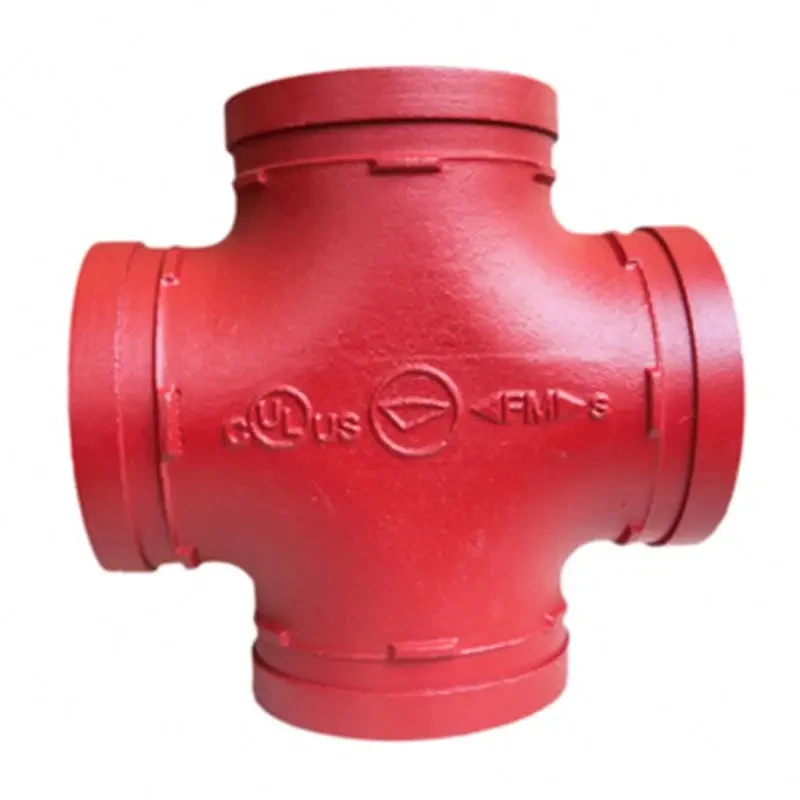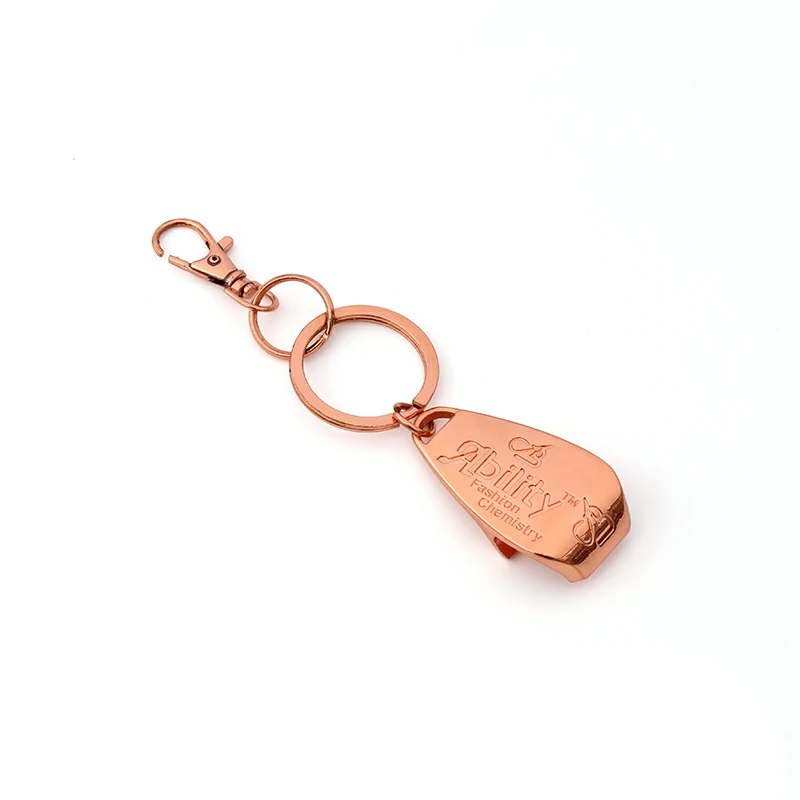The integration of solar traffic signs with existing road markings and signage systems is essential to ensure a cohesive and effective traffic management infrastructure.
Here are ways in which solar traffic signs can be integrated seamlessly with existing road markings and signage systems:
- Strategic Placement:
- Solar traffic signs should be strategically placed to complement existing road markings and signs.
- Consideration of visibility, sight lines, and the overall flow of traffic is crucial to ensure that the solar signs enhance rather than obstruct the effectiveness of the entire system.
- Consistent Messaging:
- The messaging on solar traffic signs should align with the information conveyed by adjacent road markings and signs.
- Consistency in messaging helps drivers easily interpret and respond to traffic regulations, warnings, or guidance provided by both static and solar-powered elements.
- Color Coordination:
- Ensure that the colors used in solar traffic signs are coordinated with the color scheme of standard road markings and signs.
- Consistent color usage contributes to a standardized and recognizable visual language for drivers.
- Reflectivity and Visibility:
- Solar traffic signs, like traditional signs, solar traffic sign should maintain high reflectivity to enhance visibility, especially during low-light conditions.
- The reflective elements on signs should align with reflective materials used in road markings for uniform visibility.
- Compliance with Standards:
- Solar traffic signs should comply with relevant traffic sign standards and regulations.
- Meeting established standards ensures that the signs integrate seamlessly with the overall traffic control system and are universally understood.
- Smart Signage Systems:
- Implement smart signage systems that allow for communication and coordination between solar traffic signs and other elements of the traffic management infrastructure.
- Smart systems enable real-time updates, adjustments, and synchronization with changing traffic conditions.
- Integration with Road Markings:
- Consider integrating solar traffic signs with road markings to create a unified visual presentation.
- For example, solar signs indicating pedestrian crossings can be placed in conjunction with painted crosswalk markings.
- Adjustable Mounting Heights:
- Design solar traffic sign installations with adjustable mounting heights to ensure alignment with standard sign heights.
- Consistent placement and visibility contribute to the overall harmony of the traffic signage system.
- Modular Systems:
- Implement modular solar sign systems that can be easily expanded or adapted to changing traffic conditions.
- Modular designs facilitate integration with existing signage systems without major infrastructure changes.
- Complementary Illumination:
- Coordinate the illumination of solar traffic signs with other lighting elements on the road, such as streetlights.
- Complementary illumination ensures that the signs remain visible and legible, even in low-light conditions.
- Regular Maintenance:
- Implement a maintenance plan to ensure the ongoing visibility and functionality of solar traffic signs.
- Regular cleaning, inspection, and repair contribute to the overall effectiveness of the integrated signage system.
- Community Engagement:
- Engage with the community and stakeholders to ensure awareness and acceptance of solar traffic signs.
- Community input can provide valuable insights into the integration process and address specific local considerations.
By carefully considering these factors, solar traffic signs can be seamlessly integrated into existing road markings and signage systems, enhancing the overall effectiveness of traffic control measures and contributing to a safer and more efficient transportation infrastructure.
